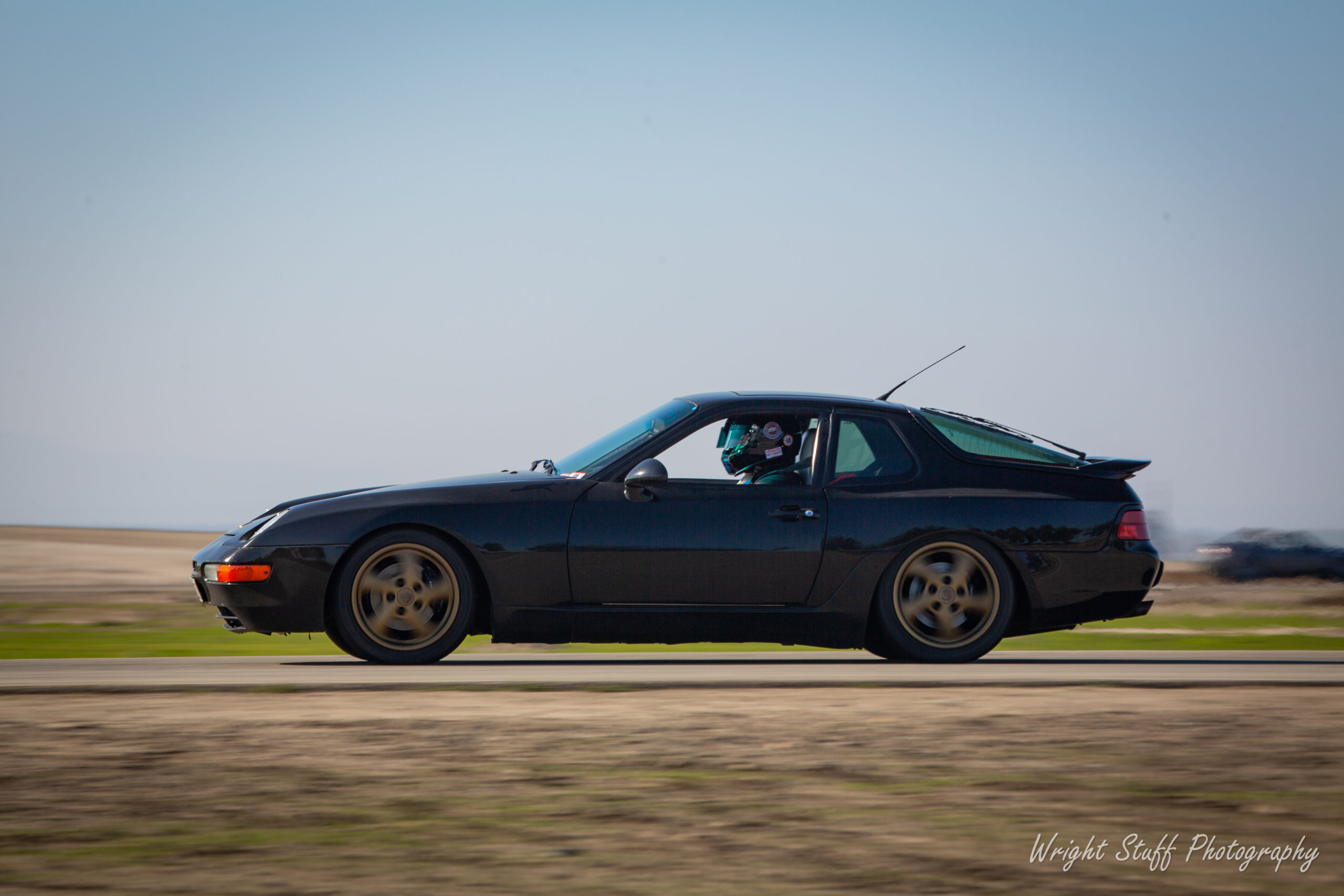With the central panel removed, the a-pillar cover was able to come free. This freed up access to the mystery antennas. I pulled on the upper antenna, and it came free. To my surprise, the antenna came out but the cable attached to the antenna was cut. I can only suspect that this antenna was to a previous aftermarket alarm system. The second antenna was not cut and I hope it is attached to the current aftermarket alarm system.

Alarm Antenna on Windsheild
As mentioned in a previous post, I have removed the front passenger carpet but did not remove the rear carpet as it was aggressively glued in and stretched the width of the car. Seeing that the next day is supposed to be a warm day, I figured it was time to remove the rear carpet so that I can wash it when it’s warm. I removed the driver’s seat, which came out with more ease than the passenger seat because the correct fasteners appeared to have been used. The rear carpet section runs the width of the car extending from under the front seats to the rear bulkhead section that supports the rear seats. Being such a large piece of carpet I knew this would be a daunting task. I came armed with a box of latex gloves and high hopes that the glue would be kind to me. I started with the passenger side and began the long battle. As predicted, the glue was quite difficult to deal with.

Removal of Rear Carpet
I worked my way in towards the center of the car. In the low lying sections of the carpet, the glue changed to more of a goo, probably due to the coolant that was pooling there.

Carpet Glue Turned Into Goo
The driver’s side, although a little easier to break the glue apart, had the parking brake that posed some difficulties. At the overlapping seams I used a small flathead screwdriver to break apart, or gently cut the glue by sliding the corner edge of the screwdriver back and forth between the two pieces of overlapping carpet. The latex gloves were not very durable and I needed to spay the goof off on the gloves before touching the glue as the glue would stick to the gloves and rip them.

Carpet Glue Destroying Gloves
There was some sound proofing foam at the wheel well section which partially remained attached to the frame and partially to the carpet. It took about 2 hours and 25 pairs of gloves to get the section of carpet out. Luckily the carpet came out with minimal damage, with the only damage being in a small section at the overlap between the carpet sections, which will not be visible.

Rear Drivers Side Carpet Removed

Rear Carpet Removed
To remove the steering wheel I purchased a 15/16” socket to loosen the retaining nut. I tried to break the nut free with a long breaker bar but I was not able to hold the steering wheel from rotating. Some people recommended holding the wheel with the free arm and knees, but since I had the seat removed that was not possible. Luckily my breaker bar was long enough to reach the floor of the car. I wedged the bar into the corner of the floor and used my hands to rotate the wheel. This worked with surprising ease.

Steering Wheel Removal
Once the nut was off I marked two lines on the threads and wheel with a sharpie to ensure I can align the wheel correctly. I removed the plastic housing that surrounds the steering column. This allowed access to three fasteners that were keeping me from removing the plastic fascia that holds the switches. I’m glad I didn’t assume there was it would come free if I pulled hard enough.
Next up, the dreaded aftermarket alarm removal…
